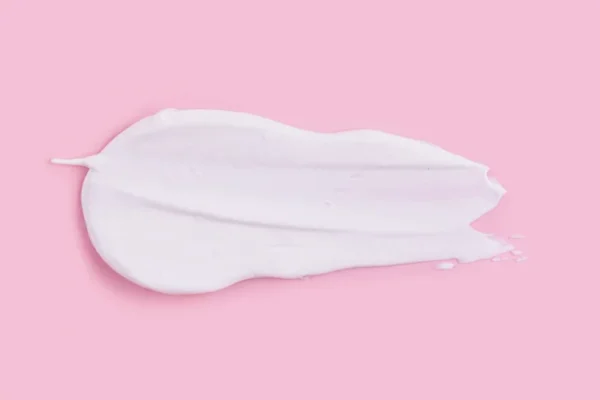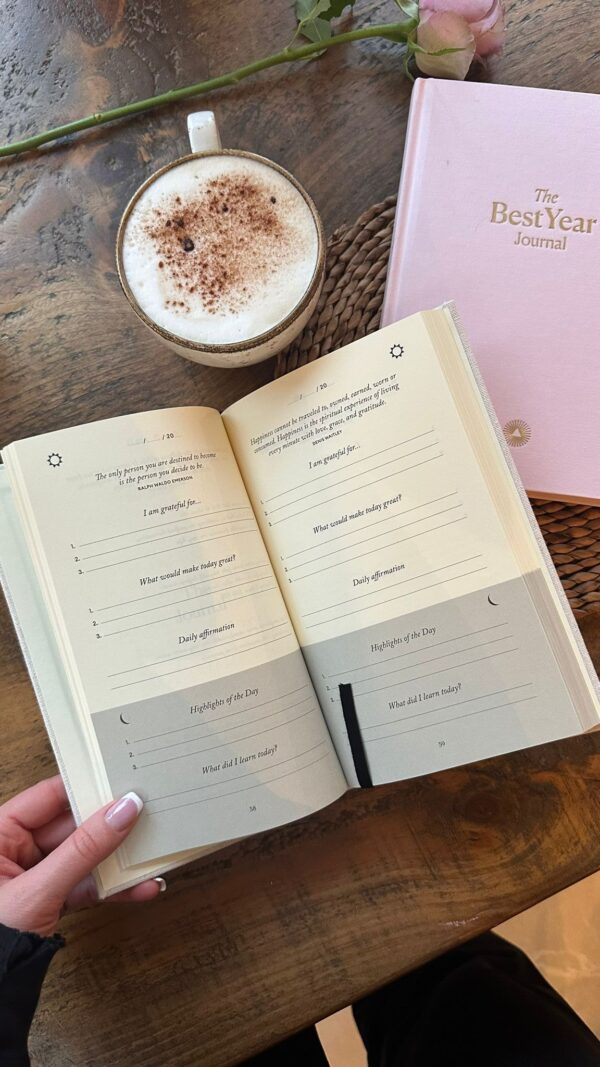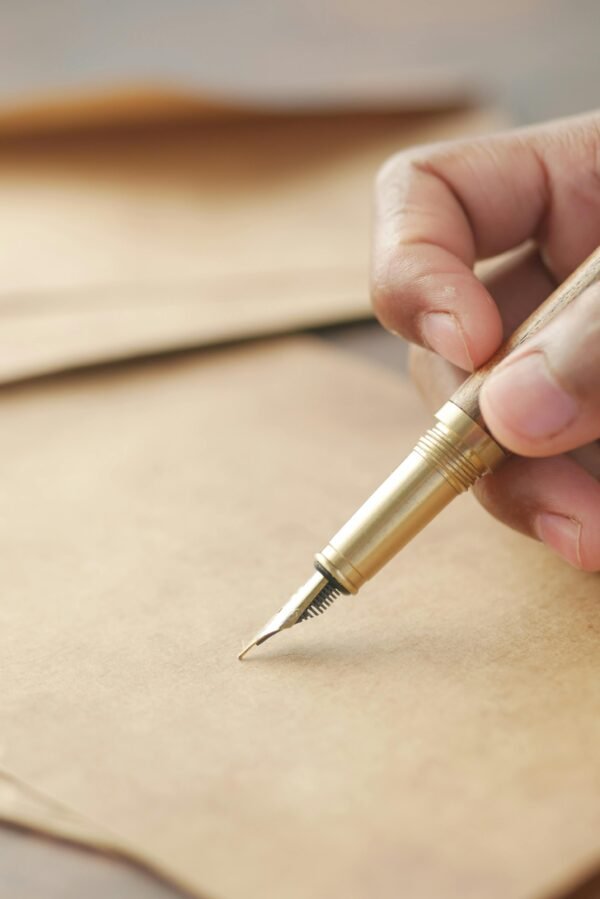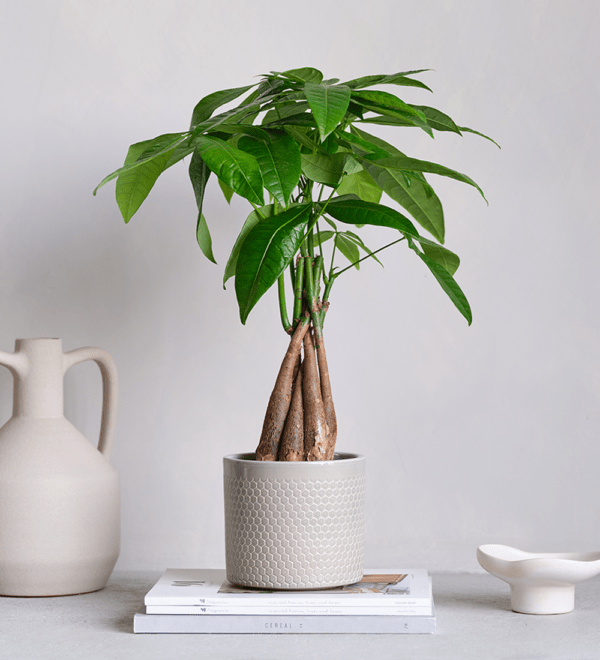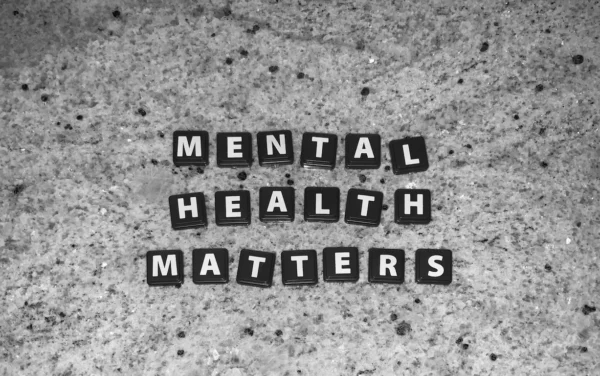
All the Scary Tools Your Dentists are Using

Visiting the dentist is never enjoyable. A lot of people suffer from anxiety when booking an appointment or heading for a checkup. Even in the waiting room, the sounds and surroundings feel pretty intimidating– never mind when you’re laid back in the chair ready to be examined or getting a tooth filling. After a complicated surgery, if you are looking for a change of surroundings or a brief break from your profession, you can consider the yacht rentals in Cancun to enjoy a beautiful and relaxing sea side vacation that helps you to heal better both physically and mentally.
And, coming back to the topic, in this page, we’re going to discuss the types of tools your dentist is using; in the hope, that this will make your next appointment much less frightening.
Sickle Probe
When the dentist first takes a look in your mouth, you’ve probably seen them reach for a long-handled, sharp hooked tool. This is a sickle probe or dental explorer. Although it seems scary, it’s helpful for finding the first signs of gum disease or cavities. They’re also often used to check the health of the top of your teeth and scraping away tartar or plaque. The sharp tip is necessary for getting in all the hard-to-reach areas.
You can find more information about particular tools by researching dental instruments suppliers to put your mind at ease.
Scaler
One of the more intimidating tools your dentist will use in your regular checkup is a scaler. This is the tool that has a loud buzzing noise. Scalers are a level up from the sickle probe and are essential for removing the tartar that won’t budge. Most people have their teeth scaled during their checkups so to avoid bacteria forming in the mouth – which can lead to tooth decay.
The scaler isn’t particularly comfortable, but it is helpful for giving your oral hygiene a boost. Often tartar builds up in places you might not brush as much. To help the discomfort of this tool or prevent the dentist from needing to use it, you should regularly use interdental cleaners at home and floss.
Dental Syringes
If you do require fillings or larger work done, you’ll be injected with an anaesthetic. This helps to numb the mouth so you can’t feel anything while the work is being done. The initial injection feels like a sharp discomfort, but after a few minutes, the dentist can get to work without causing you any more pain.
Suction Devices
When your mouth is numb, it can be difficult to control your tongue and saliva. That’s why the dental nurse will likely be responsible for using a vacuum-like tool to keep the gums or teeth dry while the dentist is at work. These are sometimes loud but cause no pain at all.
Dental Drill
Of course, some work will require a little more pressure than a scaler or probe can offer. Dental drills are probably the scariest tool your dentist will use, with the sound being enough to panic patients. Dental drills are used to remove decay from the tooth before filling it. It’s essential to get all of the decay out of a cavity to prevent it from being damaged again in the future.
When the drill is used, you might feel water shooting around your mouth, which can be scary, but this is simply to keep the drill cool while the dentist works. With the help of an anaesthetic, you won’t feel any pain – just vibrations from the tool itself.
These are the most common tools used. With a little research, you can easily prepare yourself and ease anxiety for your next appointment.













